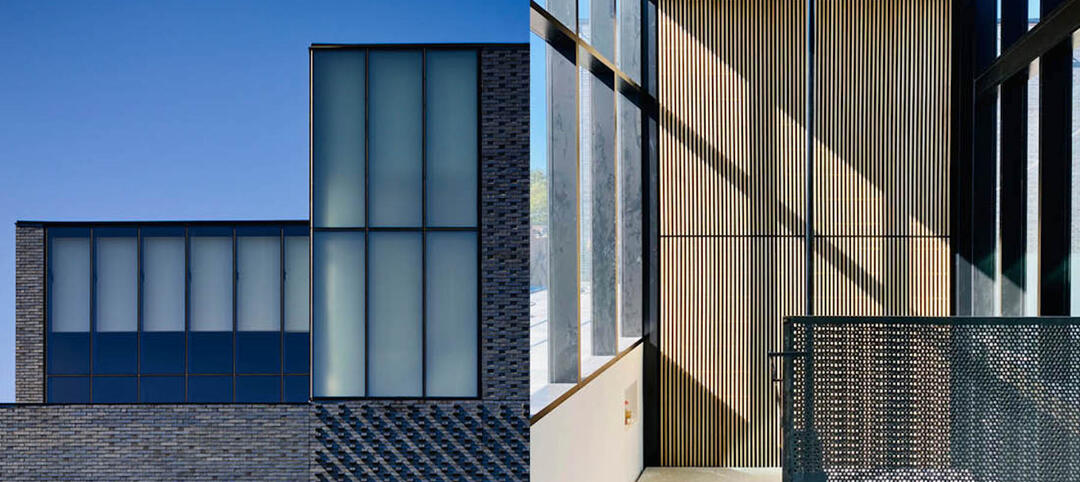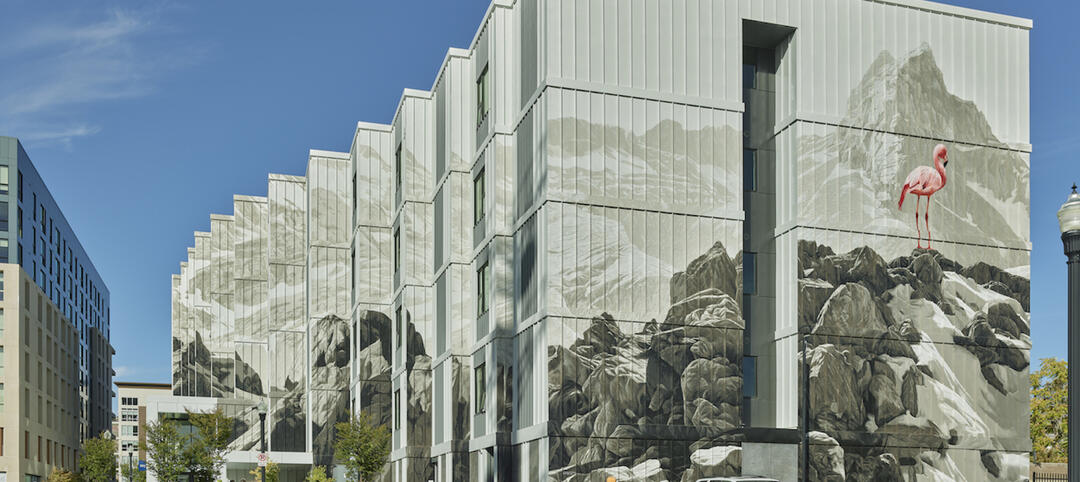There’s money to be made in reconstruction. Based on our annual Giants 300 survey, we estimate that the top 300 AEC firms generate about 20-30% of annual revenues from reconstruction, and for design firms that specialize in historic preservation and adaptive reuse, that percentage can quickly go north of 50% of total revenues. If your firm is doing less than the industry average, you may be missing a great opportunity.
A reconstructed building is the ultimate green building. It is generally the case that “saving” an existing building is the most sustainable thing you can do, for obvious reasons. Whether it’s a renovation that simply extends an existing use, or one that takes an existing building and transforms it to another use, much of the embodied energy in that building is staying put.
Furthermore, reconstruction offers the opportunity to take an energy hog and make it much more efficient. Just doing the basics—sealing the envelope, insulating, upgrading lighting and lighting controls, etc.—should yield a 20% improvement in energy efficiency. Stretch a little and 30% energy savings should not be unreasonable. That’s good for the building, the occupants, and the owner—and it’s the right thing to do.
Reconstruction can turn ordinary buildings into great buildings. Look at how the Building Team for the Mid-Ohio Foodbank took an old mattress factory and turned it into a LEED Gold facility that helps provide 55,000 meals a day to the hungry and involves 10,000 volunteers a year. Owen Hall at Michigan State University and the new Cell and Genome Sciences Building at UConn are additional examples of how the ordinary can be transformed into the extraordinary.
Reconstruction challenges your imagination. The Building Team for Duke University could have taken the easy road and junked Duke’s old coal-burning power plant. Instead, they came up with a creative way to use new technology to convert the plant to 70% natural gas power generation, while enhancing the early 20th-century structure. Look how the Building Team converted Memorial Field House—essentially a big barn—into modern classroom and student space at the University of Toledo. These kinds of jobs take real imagination.
Reconstruction can bring communities together. People like to preserve and enhance the things that are important to them. The people of Cuyahoga County, Ohio, cared about the monument to their Civil War veterans, and they went out and raised $2 million to restore it to perfection. Ditto for the people of Northeast Central Durham, N.C., who fought to turn a broken-down school building into a thriving multi-purpose community center. Tap into that wellspring of community involvement. It will yield projects whose rewards go far beyond the bottom-line considerations.
Reconstruction work is fun. Building a fancy high-rise on a greenfield site in some exotic part of the world must surely have its pleasures, but digging into the bowels of an older building also has its mysteries—and surprises. Who knows what lurks behind that gypsum board? Matching your wits against the original designers and contractors is the ultimate chess match.
Related Stories
| Sep 7, 2022
K-8 school will help students learn by conducting expeditions in their own communities
In August, SHP, an architecture, design, and engineering firm, broke ground on the new Peck Expeditionary Learning School in Greensboro, N.C. Guilford County Schools, one of the country’s 50 largest school districts, tapped SHP based on its track record of educational design.
| Sep 6, 2022
Herbert V. Kohler, Jr. (1939-2022) An incomparable spirit
Dynamic leader and Kohler Co. Executive Chairman Herbert Vollrath Kohler, Jr. passed away on September 3, 2022, in Kohler, Wisconsin.
| Sep 6, 2022
Demand for flexible workspace reaches all-time high
Demand for flexible workspace including coworking options has never been higher, according to a survey from Yardi Kube, a space management software provider that is part of Yardi Systems.
| Sep 2, 2022
Converting office buildings to apartments is cheaper, greener than building new
Converting office buildings to apartments is cheaper and greener than tearing down old office properties and building new residential buildings.
| Sep 2, 2022
New UMass Medical School building enables expanded medical class sizes, research labs
A new nine-story, 350,000 sf biomedical research and education facility under construction at the University of Massachusetts Chan Medical School in Worcester, Mass., will accommodate larger class sizes and extensive lab space.
Architects | Sep 1, 2022
BNIM promotes Jeremy Knoll to Director of Sustainability and Regenerative Design
BNIM'S Jeremy Knoll promoted to Director of Sustainability and Regenerative Design.
Giants 400 | Sep 1, 2022
Top 160 K-12 School Architecture + AE Firms for 2022
PBK, DLR Group, Huckabee, and Stantec head the ranking of the nation's largest K-12 school sector architecture and architecture/engineering (AE) firms for 2022, as reported in Building Design+Construction's 2022 Giants 400 Report.
| Sep 1, 2022
ABC: Nonresidential Construction Spending Increases by a Modest 0.8% in July
National nonresidential construction spending increased 0.8% in July, according to an Associated Builders and Contractors analysis of data published today by the U.S. Census Bureau.
| Sep 1, 2022
The University of Iowa opens the new Stanley Museum of Art, a public museum for both discovering and teaching art
The University of Iowa recently completed its new Stanley Museum of Art, a public teaching museum designed by BNIM.
| Aug 31, 2022
A mixed-use development in Salt Lake City provides 126 micro units with mountain views
In Salt Lake City, a new 130,000-square-foot development called Mya and The Shop SLC, designed by EskewDumezRipple, combines housing with coworking space, retail, and amenities, as well as a landscaped exterior for both residents and the public.
















